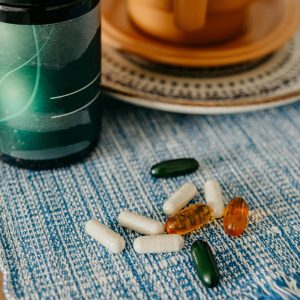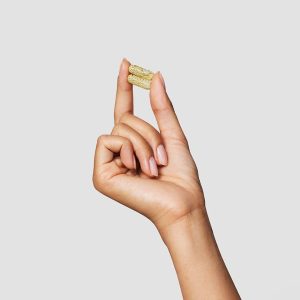When it comes to purchasing a styptic pencil, one of the most important precautions you should take is to check the ingredients. Ensuring that the pencil is made of natural ingredients and does not contain any harmful chemicals is essential for the health and safety of your skin. While alum is the primary ingredient in a styptic pencil and is generally safe to use, some pencils may contain additional chemicals that can be harmful. By reading the label and verifying the ingredients, you can make an informed decision and choose a styptic pencil that is safe and effective. In this article, we’ll explore the reasons why checking the ingredients of your styptic pencil is crucial and provide a step-by-step guide on how to do it correctly.
Why Check the Ingredients?
Checking the ingredients of your styptic pencil is essential because it ensures that you’re using a product that is safe for your skin. While alum is the primary ingredient in most styptic pencils and is considered safe, some pencils may contain additives or chemicals that can cause irritation or other adverse reactions. By checking the ingredients, you can avoid potential allergic reactions, skin irritations, or other negative effects. Additionally, opting for a styptic pencil made of natural ingredients aligns with a more eco-friendly and sustainable approach to grooming.
How to Check the Ingredients
Checking the ingredients of your styptic pencil involves a few key steps. Follow these steps to ensure that you make an informed decision:
Read the Label – Start by carefully reading the label of the styptic pencil. Look for a list of ingredients that should be clearly indicated. Make sure that the ingredients are listed in a language you understand.
Understand Key Ingredients – Familiarize yourself with the primary ingredient in styptic pencils, which is alum. Alum is a natural astringent that helps to stop bleeding. It is generally safe to use and widely accepted in grooming products.
Avoid Harmful Chemicals – Look out for any harmful chemicals that may be listed in the ingredients. Some common chemicals to avoid include parabens, artificial fragrances, sulfates, and phthalates. These chemicals can be harsh on the skin and may cause irritation or other negative effects.
Look for Natural Additives – While the primary ingredient should be alum, some styptic pencils may contain natural additives that enhance the performance or skin benefits of the product. Look for ingredients like witch hazel, vitamin E, or aloe vera, which can provide soothing properties for the skin.
Research Ingredients – If you come across any unfamiliar ingredients, take the time to research them. Look for information on their safety and potential effects on the skin. Ensure that they are backed by scientific research and approved for use in grooming products.
Consider Allergies or Sensitivities – If you have known allergies or sensitivities to certain ingredients, be extra cautious when checking the ingredients of your styptic pencil. Look for common allergens like fragrances or dyes and avoid pencils that contain these ingredients.
Examples of Styptic Pencil Ingredients and Analysis
To illustrate the importance of checking the ingredients of your styptic pencil, here are a few examples of common ingredients and their significance:
Alum – Alum is the primary ingredient in most styptic pencils. It is a natural astringent that helps to constrict blood vessels and stop bleeding. Alum is generally safe to use and poses minimal risks to the skin.
Witch Hazel – Some styptic pencils may contain witch hazel, a natural ingredient known for its soothing and anti-inflammatory properties. Witch hazel can provide additional relief to irritated skin and promote healing.
Aloe Vera – Aloe vera is another natural additive that is often found in styptic pencils. It has moisturizing and calming properties, making it beneficial for sensitive or irritated skin.
Artificial Fragrances – Styptic pencils that contain artificial fragrances may cause allergic reactions or skin sensitivities in some individuals. It’s best to avoid pencils with these ingredients, especially if you have a history of fragrance allergies.
Parabens – Parabens are preservatives commonly used in cosmetic products. However, they have been associated with hormone disruption and potential health risks. Opting for paraben-free styptic pencils is a safer choice.
Conclusion
Checking the ingredients of your styptic pencil is a crucial step in ensuring the safety and effectiveness of the product. By reading the label, understanding key ingredients like alum, avoiding harmful chemicals, looking for natural additives, researching unfamiliar ingredients, and considering allergies or sensitivities, you can make an informed decision and choose a styptic pencil that is safe for your skin. Examples of common ingredients include alum, witch hazel, aloe vera, artificial fragrances, and parabens. By following the steps outlined in this article and being mindful of the ingredients, you can confidently select a styptic pencil that promotes healthy and comfortable shaving experiences.





